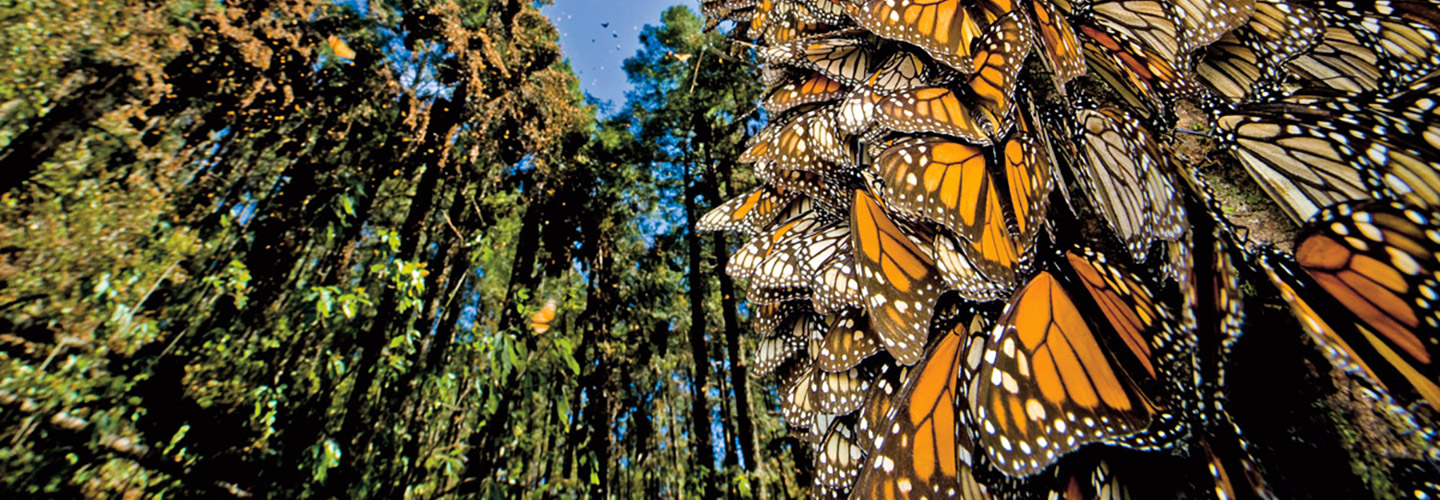For his 9th birthday a few years ago, Carter Steadman didn’t want any presents. Instead, he asked for donations. He wanted to create a way station for monarch butterflies. “It’s a place where monarchs can stop and lay eggs,” explains Carter, now in sixth grade.
With his parents’ help, Carter cleared an area in his backyard in Virginia. Next, he planted rows of flowering plants called milkweed—monarchs’ main source of food. Then he waited for the butterflies to come.
Carter Steadman turned 9 a few years ago. But he didn’t want any presents for his birthday. Instead, he asked for donations. He wanted to create a way station for monarch butterflies. “It’s a place where monarchs can stop and lay eggs,” explains Carter. He’s now in sixth grade.
Carter’s parents helped him clear an area in his backyard in Virginia. Next, he planted rows of milkweed. These plants are the main source of food for monarchs. Then he waited for the butterflies to come.

